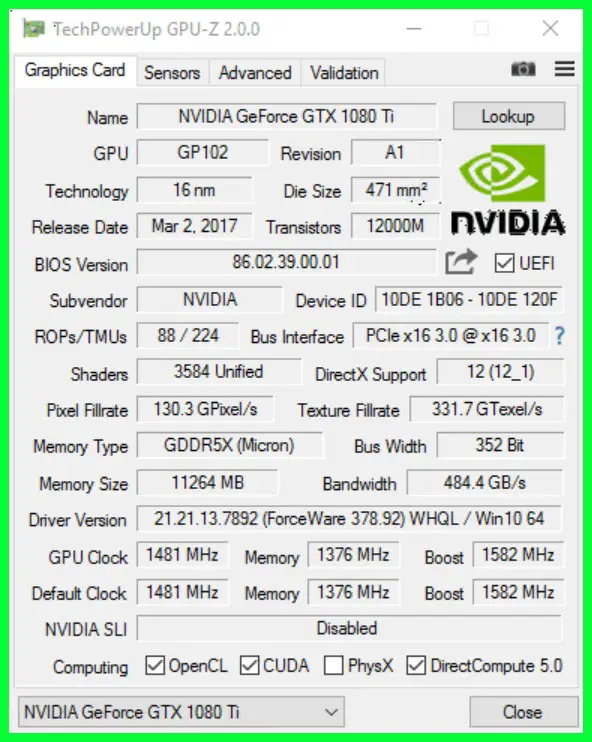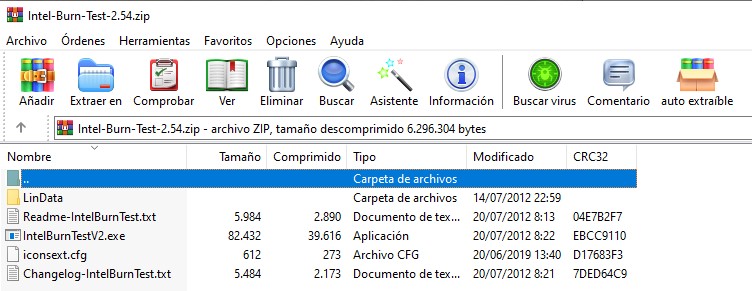

- INTEL BURN TEST TUTORIAL HOW TO
- INTEL BURN TEST TUTORIAL INSTALL
- INTEL BURN TEST TUTORIAL FULL
- INTEL BURN TEST TUTORIAL CODE
$ avr-gcc -Wall -g -Os -mmcu=attiny13 -o main.bin main.c
INTEL BURN TEST TUTORIAL CODE
Reading | # | 100% 0.03sĪvrdude: safemode: Fuses OK (H:FF, E:FF, L:6A)Įssentially, assuming that our program is in main.c, only those three things are needed to compile and burn the code to AVR chip. Writing | # | 100% 0.05sĪvrdude: verifying flash memory against main.hex:Īvrdude: load data flash data from input file main.hex:Īvrdude: input file main.hex contains 40 bytes To disable this feature, specify the -D option. Reading | # | 100% 0.00sĪvrdude: NOTE: "flash" memory has been specified, an erase cycle will be performed please check for usbasp firmware update.Īvrdude: AVR device initialized and ready to accept instructions data -O ihex main.bin main.hexĪvrdude -p attiny13 -c usbasp -U flash:w:main.hex:i -F -P usbĪvrdude: warning: cannot set sck period. When you launch (sudo) make flash label “flash” will be executed, and so on. If you launch a simple make in the terminal, only label “all” will be executed. MCU=attiny13ĬFLAGS=-std=c99 -Wall -g -Os -mmcu=$.hex:i -F -P usb

Utility make reads automatically a Makefile file in the folder where you launch it. The structure of a Makefile is very simple, and more information about it can be found here. Now, we can automate this process by creating a Makefile and putting our commands there. $ avrdude -p attiny13 -c usbasp -U flash:w:main.hex:i -F -P usb Note that full-length names are also acceptable (i.e.
INTEL BURN TEST TUTORIAL FULL
The full list of supported parts can be found here. In other words – this option specifies the device. The -p attiny13 option lets avrdude know that we are operating on an ATtiny13 chip. With the command below, the file main.hex will be burned into the flash memory. The utility called avrdude can program processors using the contents of the.

The GNU utility that does this is called avr-objcopy. So the next step is about converting the information form. Most programmers will not accept a GNU executable as an input file, so we need to do a little more processing. $ avr-gcc -Wall -g -Os -mmcu=attiny13 -o main.bin main.cĪfter performing successful compilation, you can check program and data memory size with this command. If you want perform compilation for some other MCU then you need specify appropriate -mmcu option. It’s GCC so I assume it looks familiar to you and no additional information is required. The command below will compile your code. The code does nothing except getting stuck in an endless loop but it’s always something! int Here is an example content of main.c file. HEX file to AVR chip using USBasp programmer. Now that you have the compiler installed, a next step is to compile simple source code into a. Windowsĭownload WinAVR, which includes everything you need and has a nice installer. The MacPack disk image has an installer that does everything for you.
INTEL BURN TEST TUTORIAL INSTALL
$ sudo apt-get install gcc-avr avr-libc avrdude Mac OSXĭownload AVR MacPack. Ubuntu provides packages, so you can just install them using this command. What is extremely useful, there are complete and easy to install packages for all major platforms. To compile C and/or C++ source code of your firmware you will need gcc-avr compiler, the avr-libc C library and avrdude. Take a look at docker version of AVR Toolchain 1. The example files ( main.c, main.bin, main.hex, Makefile) has been packaged as a. It also introduce basics of automation of this task by putting the all instructions into Makefile.

INTEL BURN TEST TUTORIAL HOW TO
This is a quick tutorial for beginners that aims to show how to install tools, compile the code with avr-gcc and send it to the MCU with avrdude.


 0 kommentar(er)
0 kommentar(er)
